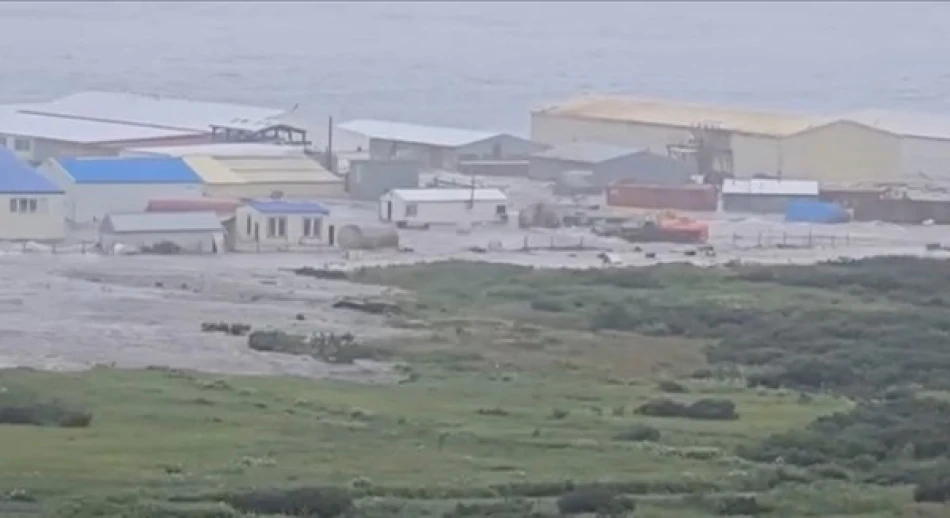
Russia Declares Emergency in Kuril Islands After Devastating Tsunami
Russia Declares Emergency as 8.8-Magnitude Earthquake Triggers Tsunami in Strategic Kuril Islands
Russian authorities declared a state of emergency Wednesday in the northern Kuril Islands after a powerful 8.8-magnitude earthquake off the Pacific coast generated a devastating tsunami that swept through coastal communities. The disaster strikes one of the world's most seismically active regions, highlighting the vulnerability of Russia's far eastern territories and their strategic military installations.
Massive Quake Rocks Remote Pacific Territory
The Sakhalin regional government confirmed the emergency declaration, stating that "a state of emergency has been declared in the northern Kuril Islands region where an earthquake and tsunami occurred today." The 8.8-magnitude tremor ranks among the most powerful earthquakes recorded in the region, comparable to the 2011 Tōhoku earthquake that devastated Japan's northeast coast.
The northern Kuril Islands, stretching between Russia's Kamchatka Peninsula and Japan's Hokkaido, sit directly along the Pacific Ring of Fire—a zone of intense seismic activity where multiple tectonic plates converge. This geological positioning makes the archipelago particularly susceptible to major earthquakes and subsequent tsunamis.
Strategic Implications Beyond Natural Disaster
Military and Economic Assets at Risk
The affected region houses critical Russian military installations and fishing operations that form the backbone of the local economy. Russia has significantly strengthened its military presence in the Kurils over the past decade, deploying advanced missile systems and establishing permanent bases as part of its broader Pacific defense strategy.
Any damage to these facilities could impact Russia's ability to project power in the North Pacific, particularly given ongoing tensions with Japan over the islands' sovereignty and broader geopolitical competition with the United States in the region.
Historical Context of Seismic Vulnerability
The Kuril Islands have experienced numerous significant earthquakes throughout recorded history, with the 1963 Kuril Islands earthquake generating tsunamis that reached heights of up to 15 meters in some areas. The region's seismic activity stems from the subduction of the Pacific Plate beneath the North American Plate, creating conditions for massive energy releases.
Unlike Japan, which has invested heavily in tsunami warning systems and earthquake-resistant infrastructure following the 2011 disaster, Russia's remote Kuril territories have limited early warning capabilities and emergency response infrastructure. This disparity becomes critical during major seismic events.
Regional Response and Recovery Challenges
Emergency response efforts face significant logistical hurdles due to the islands' remote location and harsh weather conditions typical of the North Pacific. The nearest major population centers are hundreds of kilometers away, complicating evacuation and relief operations.
The disaster also occurs during a period when Russia's military and emergency resources are heavily committed to operations in Ukraine, potentially limiting the scope and speed of the response effort. This situation underscores the challenges facing Moscow in maintaining effective governance and security across its vast territory while engaged in prolonged military operations elsewhere.
The earthquake's impact extends beyond immediate humanitarian concerns, potentially affecting regional fishing industries and disrupting shipping routes through the Sea of Okhotsk—a critical waterway for Russian Far East commerce and resource extraction operations.
 Layla Al Mansoori
Layla Al Mansoori







